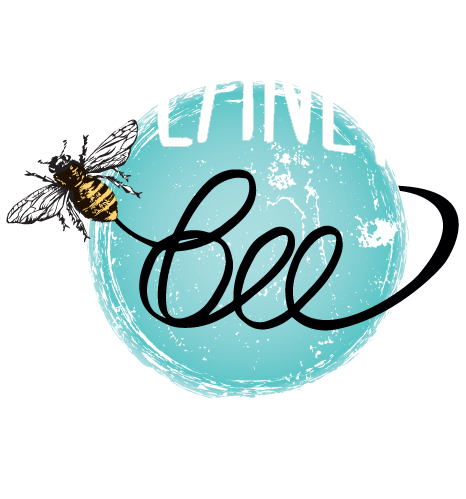BEE-Come a ZomBee Hunter. How Chilling!
- Ayla Fudala
- Oct 25, 2022
- 3 min read

With Halloween just around the corner, now would be the perfect time to tell you all about a terrifying phenomenon spreading across the nation-- the ZomBee. ZomBees are honey bees that have been parasitized by Phorid or "zombie" flies (Apocephalus borealis). These tiny flies lay their eggs in the abdomen of helpless bees. Then the eggs hatch and eat the bee from the inside, killing it in the process. About 7 days after the bee has died, up to 13 zombie fly larvae emerge from its neck, decapitating the bee. Then the larvae pupate and hatch 28 days later as fully-grown zombie flies. Gross, right? But that's not all! The zombie fly larvae control the brains of the bees while they’re still alive. Honey bees only go out during the day, but ZomBees fly at night and are attracted to lights. So if you see bees swarming around a streetlamp at night, you'll know that those aren't just any bees-- they're ZomBees!

This chilling occurrence was discovered by San Francisco State University Professor John Hafernik when he was collecting dead bees to feed his pet praying mantis. He forgot a few bees in a test tube for a couple of weeks and was shocked when he discovered that something had hatched from their bodies. Professor Hafernik, concerned by the addition of a new threat to the already struggling honey bee, began conducting experiments on the Zombie flies and infected bees. He found that the flies had recently crossed from only targeting bumble bees and paper wasps to targeting honey bees as well. Further research showed that 77% of sites sampled in the San Francisco Bay Area were infected. Professor Hafernik knew that he needed more data than he could gather alone, so he launched the ZomBee Watch Citizen Science program, which teaches ordinary citizens how to catch ZomBee samples and report their findings online. This ambitious and far-reaching program was ranked in the top 10 Citizen Science programs of 2016. Findings have been reported all over the United States, from Hawaii to Massachusetts, and even from Canada!
When Planet Bee Foundation found out about this terrible threat to our favorite insects, we knew that we had to do something. So Planet Bee teamed up with Professor Emeritus Hafernik and SF State University's Biology department to create a STEM lesson on how to catch and study ZomBees. Through our ZomBee Watch Project, Planet Bee educators teach students how to become ZomBee Hunters! Students will build light traps to catch ZomBees, examine their samples for evidence of parasitization, and report their findings on the official ZomBee Watch website, thus contributing to real scientific research! This program aligns with Next Generation Science Standards and focuses on the scientific method. Students will make their own hypotheses, design their own traps, and carefully analyze their findings before drawing conclusions. If you're interested in signing up for your school for our ZomBee Watch Program, please click here. The interactive map of citizen scientist findings on the official ZomBee Watch website shows where the infected bees have spread.
ZomBee Samples Collected Across North America by Citizen Scientists

With so many factors causing bee decline already, the zombie fly is only one of the honey bees’ major concerns. Diseases, other parasites, pesticides, and monoculture are weakening bees from coast to coast. It is clear that something must be done to help.
Written by Ayla FudalaFormer Planet Bee Educator and Staff Writer



